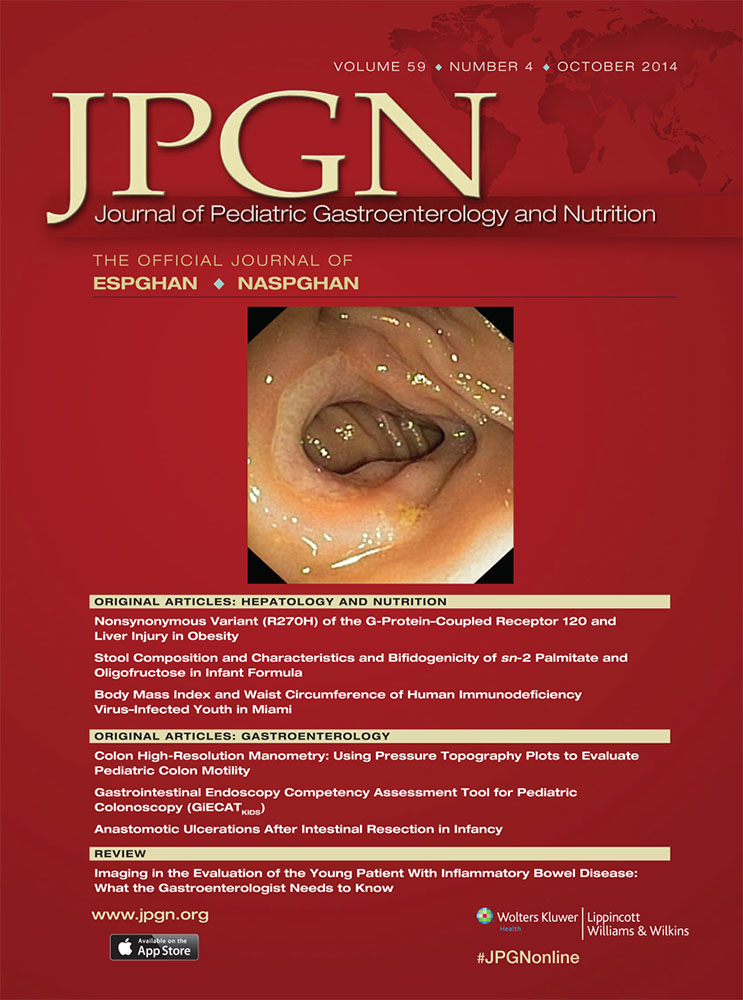Body Mass Index and Waist Circumference of HIV-Infected Youth in a Miami Cohort
Comparison to Local and National Cohorts
The present study was supported by grants from National Institutes of Health (NHLBI 1 R01 HL095127, NINR 5 R01NR012885, and NICHD 1 R01 HD060325), the Micah Batchelor Award for Research Excellence, the Coulter Jones Foundation, and the DHHS HRSA (H 12HA 00028).
The authors report no conflicts of interest.
ABSTRACT
Objectives:
Human immunodeficiency virus (HIV)–infected youth are healthier because of effective antiretroviral therapies. We compared anthropometric measurements and prevalence of overweight and obesity between perinatally HIV-infected youth, a local HIV-uninfected comparison group, and 2007 to 2010 National Health and Nutrition Examination Survey (NHANES) data. In addition, we compared only African American HIV-infected youth with NHANES African Americans.
Methods:
Height, weight, body mass index (BMI), and waist circumference (WC) of HIV-infected youth, aged 10 to 19 years, were compared among groups. BMI percentiles were categorized as underweight (<5%), normal (5% to <85%), overweight (85% to <95%), and obese (≥95%). Clinical correlates were modeled as predictors of BMI and WC.
Results:
A total of 134 HIV-infected (including 103 African Americans) (mean age 16.5 years), 75 HIV-uninfected (mean age 14.2 years), and 3216 NHANES (including 771 NHANES African Americans) (mean age 15.0 years) youth were included in the analysis. Height and weight z scores of HIV-infected youth were lower than those of HIV-uninfected and NHANES (P ≤ 0.056) youth. BMI, WC, and BMI category were not statistically different between groups. In the HIV-infected African American group, BMI z score was lower (0.49 vs 0.76, P = 0.04) compared with NHANES African Americans. There were no significant predictors of BMI or WC for the HIV-infected group.
Conclusions:
HIV-infected children have similar BMIs and WCs as uninfected children both locally and nationally and show similar high rates of obesity and overweight. When compared with a more racially similar African American national sample, HIV-infected children have a lower BMI, suggesting that there may be persistent anthropometric differences in HIV.




